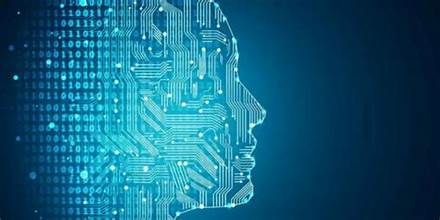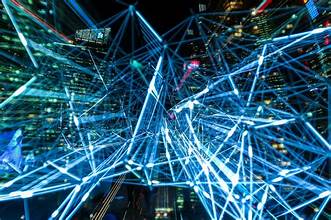Duration
7 hours (usually 1 day including breaks)
Requirements
- Knowledge of Python or other programming languages
- Understanding of artificial intelligence (AI) and machine learning (ML) concepts
Audience
Overview
OpenAI Gym is an open-source interface used to create, develop, and compare reinforcement learning (RL) tasks and algorithms. Gym provides a wide set of environment libraries to run reinforcement learning tasks with ease.
This instructor-led, live training (online or onsite) is aimed at researchers and developers who wish to install, configure, customize, and implement OpenAI Gym to quickly develop reinforcement learning algorithms.
By the end of this training, participants will be able to build, develop, execute, and test reinforcement learning algorithms to optimize tasks and achieve maximum results.
Format of the Course
- Interactive lecture and discussion.
- Lots of exercises and practice.
- Hands-on implementation in a live-lab environment.
Course Customization Options
- To request a customized training for this course, please contact us to arrange.
Course Outline
Introduction
Overview of OpenAI Gym Features and Architecture
Learning About OpenAI Gym Basics
Exploring the OpenAI Gym Library
Installing OpenAI Gym and Dependencies
Building Gym Directly from Source
Working with OpenAI Gym Environments
Creating Your Own Environments
Executing Environment Functions and Tasks
Working with Agents, Actions, Observations, and Rewards
Understanding Space Types in Environments
Using OpenAI Gym’s Registry Function
Testing the Algorithms and Environments
Troubleshooting
Summary and Conclusion









